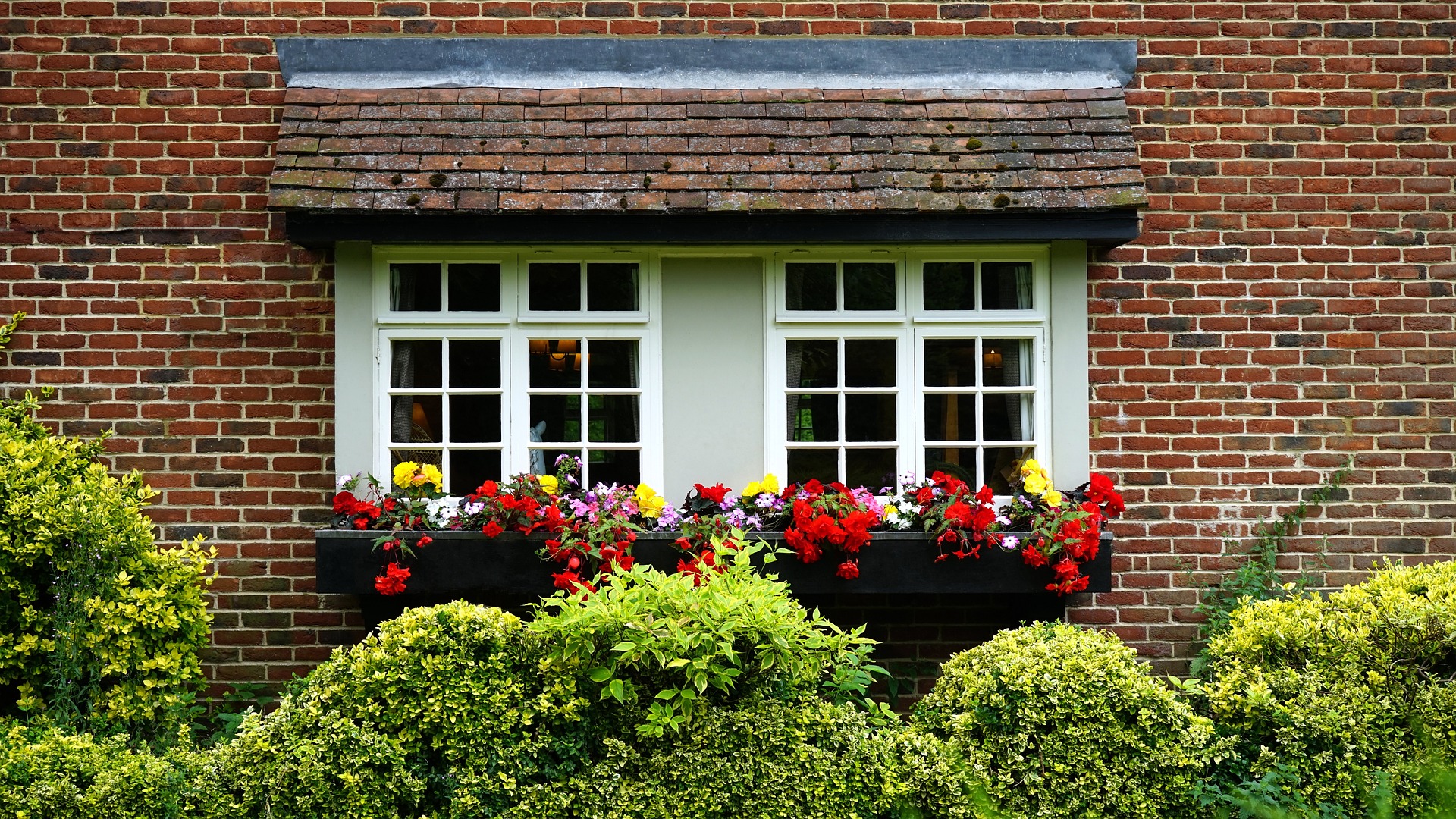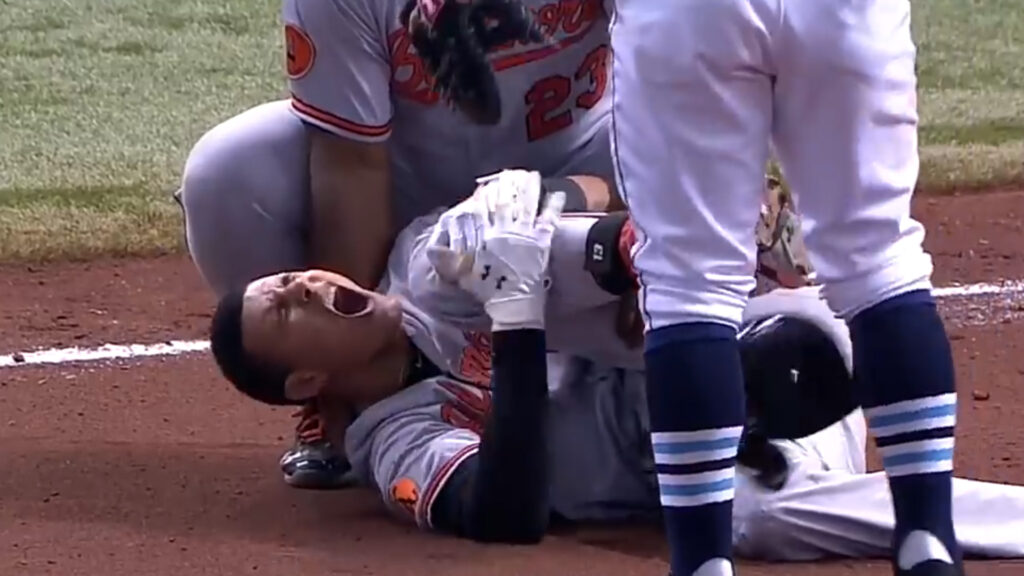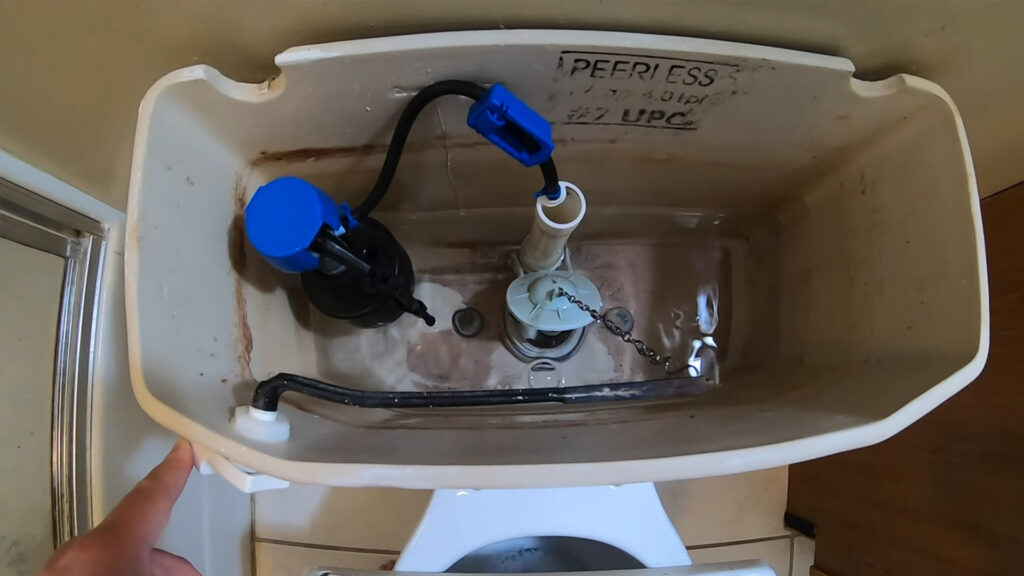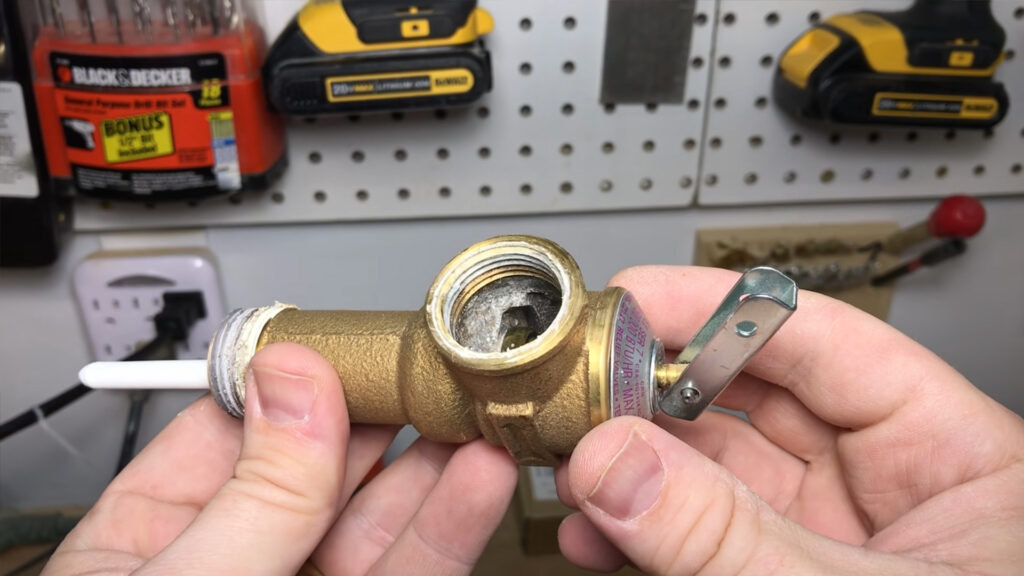Philadelphia, a city rich in history and culture, is also home to a diverse array of architectural styles. From the elegant rowhouses lining the streets of Center City to the sprawling Victorians in West Philly, the city’s residential landscape is as varied as its population. However, these homes, many of which are decades or even centuries old, share a common vulnerability: the risk of water damage. Understanding how susceptible Philadelphia homes are to water damage requires a closer look at the city’s most common architectural styles, the age of these structures, and the factors that contribute to water damage.
The Most Common Architectural Styles in Philadelphia
Philadelphia boasts a wide range of architectural styles, each with its own unique characteristics. The most common styles include:
1. Rowhouses
Philadelphia is perhaps best known for its rowhouses, which dominate many of its neighborhoods. These homes, often narrow and deep, are typically built with brick or stone and date back to the 18th and 19th centuries. While rowhouses are efficient in their use of space, they are also prone to certain types of water damage, particularly in basements and shared walls. The flat roofs commonly found on rowhouses are especially susceptible to leaks if not properly maintained.
2. Victorian Homes
Victorian homes, found in neighborhoods like West Philadelphia and Germantown, are characterized by their ornate details, large windows, and steeply pitched roofs. Built during the late 19th and early 20th centuries, these homes often feature multiple stories and complex rooflines. The intricate designs and older construction materials can make Victorian homes more susceptible to water damage, especially if the roof or windows are not properly sealed.
3. Federal and Georgian Styles
Homes built in the Federal and Georgian styles are common in historic areas like Society Hill and Old City. These homes, dating back to the late 18th and early 19th centuries, often feature brick exteriors, symmetrical facades, and raised basements. While these older homes have stood the test of time, their age can make them particularly vulnerable to water damage, especially if original materials have not been updated or maintained.
4. Craftsman Bungalows
Craftsman bungalows, which became popular in the early 20th century, are known for their low-pitched roofs, wide front porches, and use of natural materials like wood and stone. These homes can be found in neighborhoods such as Mount Airy and Chestnut Hill. The wooden elements of Craftsman bungalows are particularly susceptible to water damage, especially if the roof or gutters are not regularly cleaned and maintained.
The Age of Philadelphia Homes
Philadelphia is one of the oldest cities in the United States, and many of its homes reflect this history. A significant portion of the city’s housing stock was built before 1940, with some homes dating back to the 18th and 19th centuries. The age of these homes is a critical factor in their susceptibility to water damage.
Older homes often have outdated plumbing systems, older roofing materials, and foundations that may have settled over time. These factors increase the likelihood of leaks, burst pipes, and water intrusion. Additionally, older homes may have been constructed with materials that are no longer commonly used or may not meet current building standards, further increasing the risk of water damage.
Factors Contributing to Water Damage in Philadelphia Homes
Several factors make Philadelphia homes particularly susceptible to water damage:
1. Flat and Low-Pitched Roofs
Many Philadelphia homes, particularly rowhouses, have flat or low-pitched roofs. While these roof styles are practical in urban settings, they are also more prone to water pooling and leaks, especially if the roof is not properly maintained or if the drainage systems become clogged.
2. Aging Infrastructure
The age of Philadelphia’s homes means that many have outdated plumbing and drainage systems. Old pipes are more likely to corrode or burst, leading to significant water damage. Additionally, older homes may not have the proper waterproofing measures in place, making them more vulnerable to water intrusion during heavy rain or snowmelt.
3. Climate and Weather Patterns
Philadelphia experiences a wide range of weather conditions, from heavy rain in the spring and summer to snow and ice in the winter. These weather patterns can contribute to water damage in several ways. Heavy rainfall can overwhelm drainage systems, leading to water intrusion in basements and crawl spaces. Snow and ice can cause roof leaks and ice dams, which can lead to water damage inside the home.
4. Soil and Foundation Issues
The soil composition in certain areas of Philadelphia can also contribute to water damage. Homes built on clay or poorly draining soil are more likely to experience foundation issues, which can lead to water intrusion. Additionally, the city’s older homes may have foundations that have settled over time, creating cracks and gaps that allow water to seep in.
Preventing Water Damage in Philadelphia Homes
While the risk of water damage is a reality for many Philadelphia homeowners, there are steps that can be taken to mitigate this risk:
1. Regular Roof Maintenance
Given the susceptibility of flat and low-pitched roofs to leaks, it is essential to regularly inspect and maintain your roof. Ensure that gutters and downspouts are clear of debris, and consider installing a protective coating on flat roofs to prevent water penetration.
2. Upgrade Plumbing Systems
If you live in an older home, consider upgrading your plumbing system. Replacing old pipes and installing modern fixtures can reduce the risk of leaks and burst pipes, preventing costly water damage.
3. Waterproofing Basements and Foundations
Basements are particularly vulnerable to water intrusion, especially in older homes. Waterproofing your basement and ensuring that your foundation is in good condition can help prevent water damage. This may include installing sump pumps, sealing cracks, and improving drainage around your home’s foundation.
4. Monitor and Maintain Windows and Doors
Old windows and doors can be a source of water intrusion, especially if they are not properly sealed. Regularly inspect and maintain these areas, and consider upgrading to modern, energy-efficient windows and doors that provide better protection against the elements.
Have You Experienced Water Damage In Your Philadelphia Home?
If you’ve already experienced water damage or want to take preventive measures, Philly Damage Restoration is here to help. Our team of experts specializes in water damage restoration and can assist with everything from emergency repairs to long-term maintenance solutions. Contact us today to learn more about how we can help protect your Philadelphia home.







